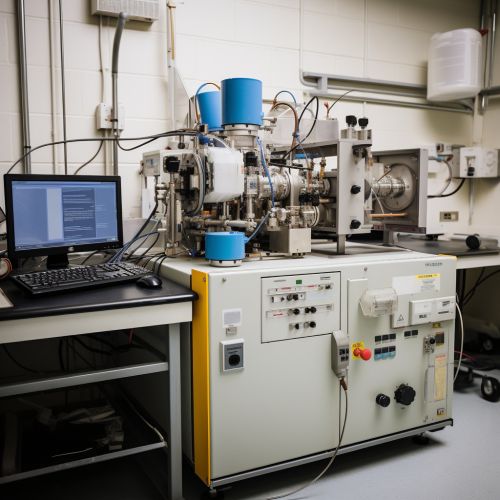Plant Stress physiology
Introduction
Plant stress physiology is the study of how plants respond to various stressors in their environment. These stressors can be biotic, such as pests and diseases, or abiotic, such as drought, temperature extremes, and nutrient deficiencies. Understanding plant stress physiology is critical for developing strategies to improve plant health and productivity, especially in the face of climate change and increasing global food demand read more.
Biotic Stress
Biotic stress in plants refers to stress caused by living organisms, such as bacteria, viruses, fungi, parasites, insects, and other animals. These organisms can cause disease or damage to the plant, affecting its growth and productivity learn more.


Plant-Pathogen Interactions
The interaction between a plant and a pathogen is a complex process that involves recognition, response, and often, resistance. Plants have evolved a variety of mechanisms to detect and defend against pathogens, including physical barriers, chemical defenses, and immune responses explore further.
Plant-Insect Interactions
Insects can cause significant damage to plants, both directly through feeding and indirectly by transmitting diseases. Plants have developed various strategies to deter insects, including the production of toxic or repellent compounds, physical defenses like thorns and trichomes, and the attraction of insect predators or parasites discover more.


Abiotic Stress
Abiotic stress refers to non-living environmental factors that can negatively impact plant growth and development. This includes factors such as temperature, light, water availability, and nutrient availability.
Temperature Stress
Plants are exposed to temperature stress when temperatures are either too high (heat stress) or too low (cold stress). Both heat and cold stress can cause cellular damage and disrupt metabolic processes, affecting plant growth and productivity learn more.


Drought Stress
Drought stress occurs when water availability is insufficient for normal plant growth and development. Drought can cause a variety of physiological changes in plants, including reduced photosynthesis, altered nutrient uptake, and increased production of stress hormones explore further.


Nutrient Stress
Nutrient stress in plants can occur due to either deficiency or excess of essential nutrients. Nutrient deficiencies can lead to a variety of symptoms, including chlorosis, necrosis, and stunted growth, while nutrient excess can cause toxicity symptoms discover more.


Plant Stress Response
Plants have evolved a variety of mechanisms to cope with stress, including changes in gene expression, metabolism, and growth patterns. These responses are often regulated by plant hormones, which act as signaling molecules to coordinate the plant's response to stress read more.
Stress Perception and Signal Transduction
The perception of stress by plants involves the recognition of stress signals by receptor proteins, which then initiate a signal transduction pathway leading to changes in gene expression and cellular responses learn more.
Stress-Induced Gene Expression
Stress conditions can induce the expression of specific genes, leading to the production of proteins that help the plant cope with the stress. These can include protective proteins, enzymes for repairing damage, and proteins involved in stress signaling explore further.


Conclusion
Understanding plant stress physiology is crucial for developing strategies to improve plant health and productivity. By studying how plants respond to stress at the molecular, cellular, and organismal levels, scientists can identify ways to enhance plant resistance to stress and improve crop yields.
